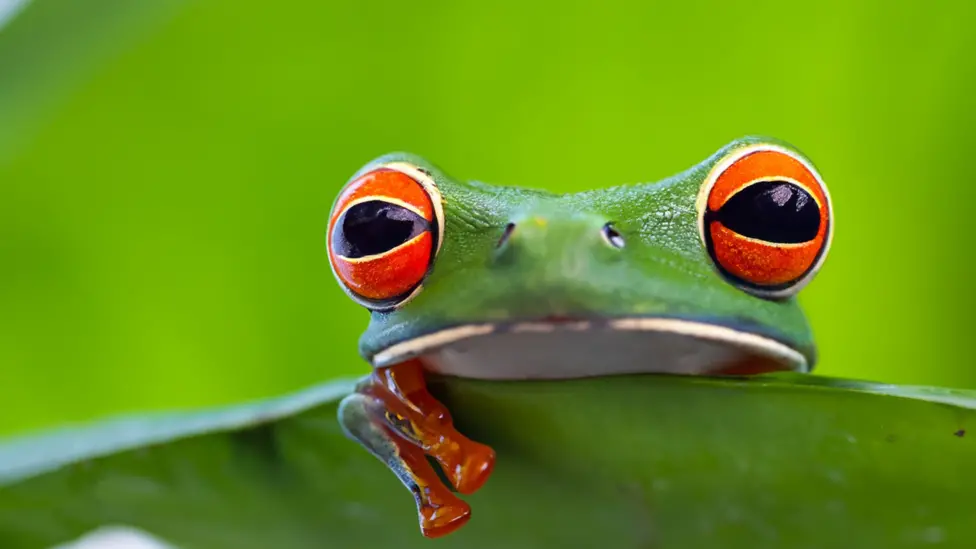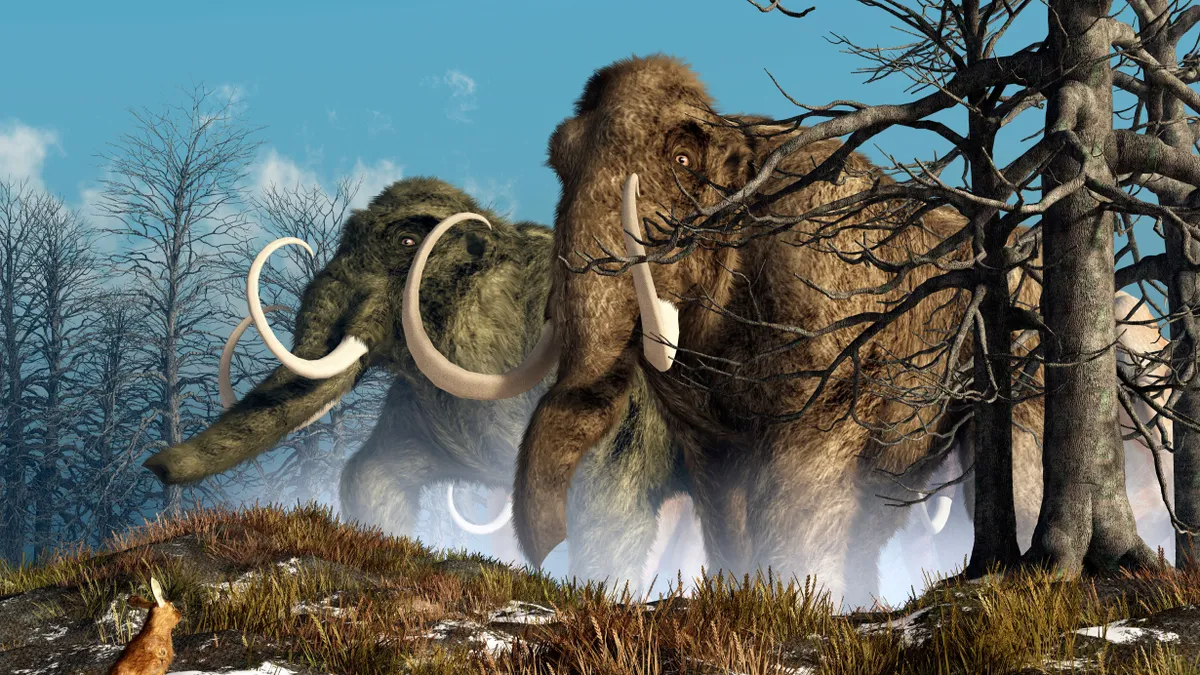Animal Life news stories

Scientists say there has been an alarming lack of progress in saving nature as the UN biodiversity summit, COP 16, draws to a close…Representatives of 196 countries have been meeting in Cali, Colombia, to agree on how to halt nature decline by 2030.

The devastation of a giant meteorite impact on early Earth may have allowed life to flourish, new research suggests. The study was published Oct. 21 in the journal PNAS.
The region is known as one of the earliest places people practiced animal husbandry. The new study adds insight into how this developed. The study, published in Nature, spans nearly 6,000 years of genetic data in the region.
Scientists have been trying to figure out where kissing came from for a long time. New research suggests that the answer is to be found in the behaviour of ancient ape ancestors of humans…

…Over one hundred Shipibo-Conibo Onanyabo, or ancestral medicine healers, from the Ucayali region of Peru…met in July to discuss the future of spiritual tourism, the defense of traditional knowledge, and the protection of the forest and Indigenous territories. One of the main takeaways from the meeting was ayahuasca is under threat of extinction.

Ayahuasca lore celebrates serpents, jaguars, and panthers. But why do visions of these majestic jungle animals occur in the first place?
Palaeontologists report in the journal PLOS ONE that they have discovered the earliest evidence of predatory birds. At 68 million years old, the new species lived alongside T. rex and the other dinosaurs of the late Cretaceous period.

The findings raise questions and shed light on snail consumption and the antiquity of culinary traditions in Tunisian societies. The findings are published in the journal Archaeological and Anthropological Sciences.

The huge asteroid that hit Earth and wiped out the dinosaurs 66 million years ago was not alone, scientists have confirmed. A second, smaller space rock smashed into the sea off the coast of West Africa creating a large crater during the same era.
When an asteroid slammed into Earth 66 million years ago, it caused a mass extinction. Now, researchers have evidence that this catastrophe ushered in the invention of agriculture by ants. See the paper here.
Humans use smiles and laughter to communicate playfulness. Now, the behaviour has been confirmed in a species of dolphin, too. The research is published in the journal iScience.
Fossils found in Brazil are leading palaeontologists to re-write the evolution of mammals…The findings are detailed in a paper published in Nature.

A boom in vegetation at the end of the last ice age may have created so much pollen, it blocked mammoths’ sense of smell. A new study suggests this drove the beasts to extinction, but not everyone agrees.
Despite being a solitary creature, the day octopus (Octopus cyanea) has sometimes been spotted hunting with inter-species groups of fish. Scientists assumed that the octopus is in charge of the hunting pack, but a new study finds that influence is actually shared around, depending on the situation.

In a new study, the team drew on a wide range of evidence—from medical studies of modern equestrians to records of human remains across thousands of years.
A newly discovered fossil site in the northeast US provides a glimpse into an ancient ecosystem nearly 100 million years older than the first dinosaurs. The exceptionally well-preserved find is described in Nature Communications.








